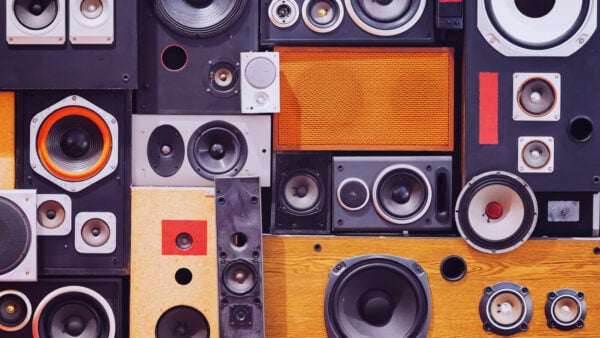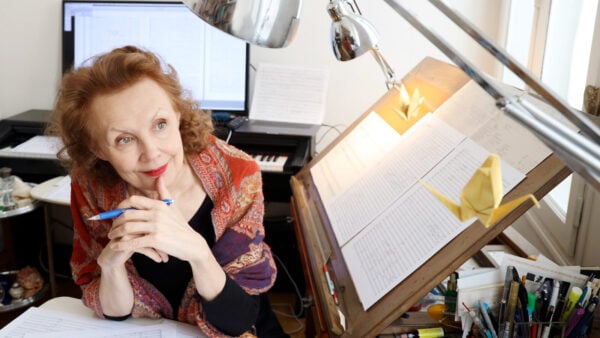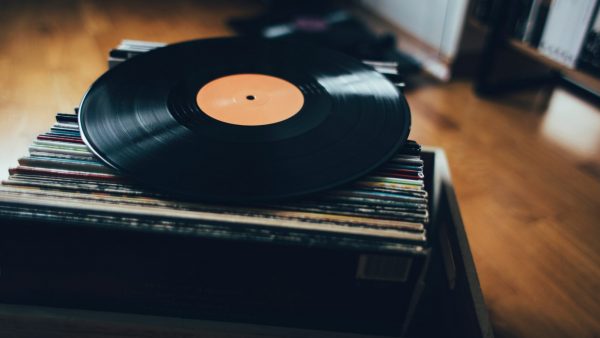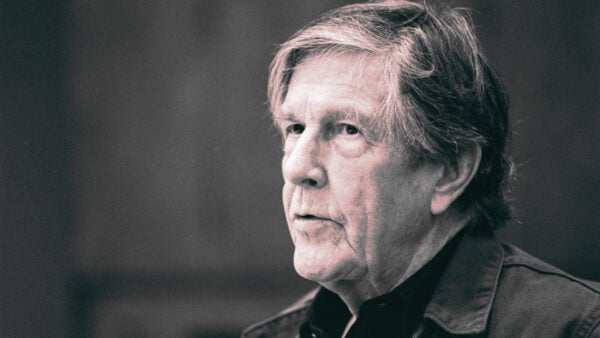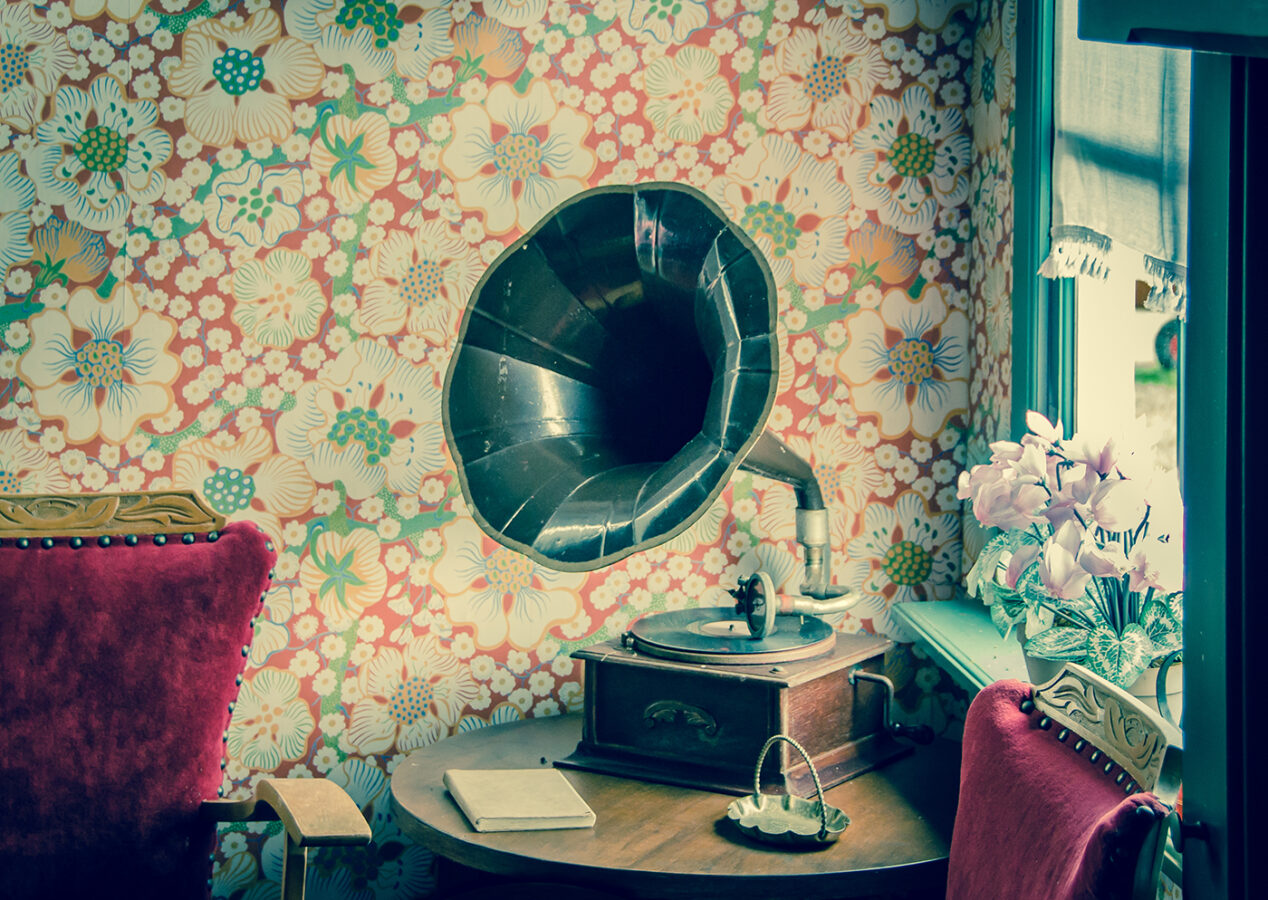
I think I’m about to expose myself as decidedly old fashioned.
Let me start with a dilemma. We have easy access to more music than ever before, and yet we devote less time than ever really listening to it. Does anyone else feel my frustration? Some might argue that the extreme portability and instant availability of music enables us to hear more of it. But I would suggest that hearing is not the same thing as listening. The latter requires your full attention – something you can’t really provide while crossing the street, or jogging, or making breakfast, or driving.
I found myself contemplating such things after having purchased a new amplifier for my sound system after 25 odd years. And now, instantly, you know how old fashioned I am. I have a “sound system” (with a CD machine, a tuner, a turntable, and a new amplifier. I even have a cassette deck – but I can’t quite remember what that does). The new amp (that’s “amp,” not “app”) opened my ears to sounds I’d never heard before, on recordings I’ve had in my collection for a very long time. My mind flashed back to “listening nights” in college, when aided by certain “herbs and spices,” we would spend many an evening letting music wash over us while reclining in a bean bag chair.
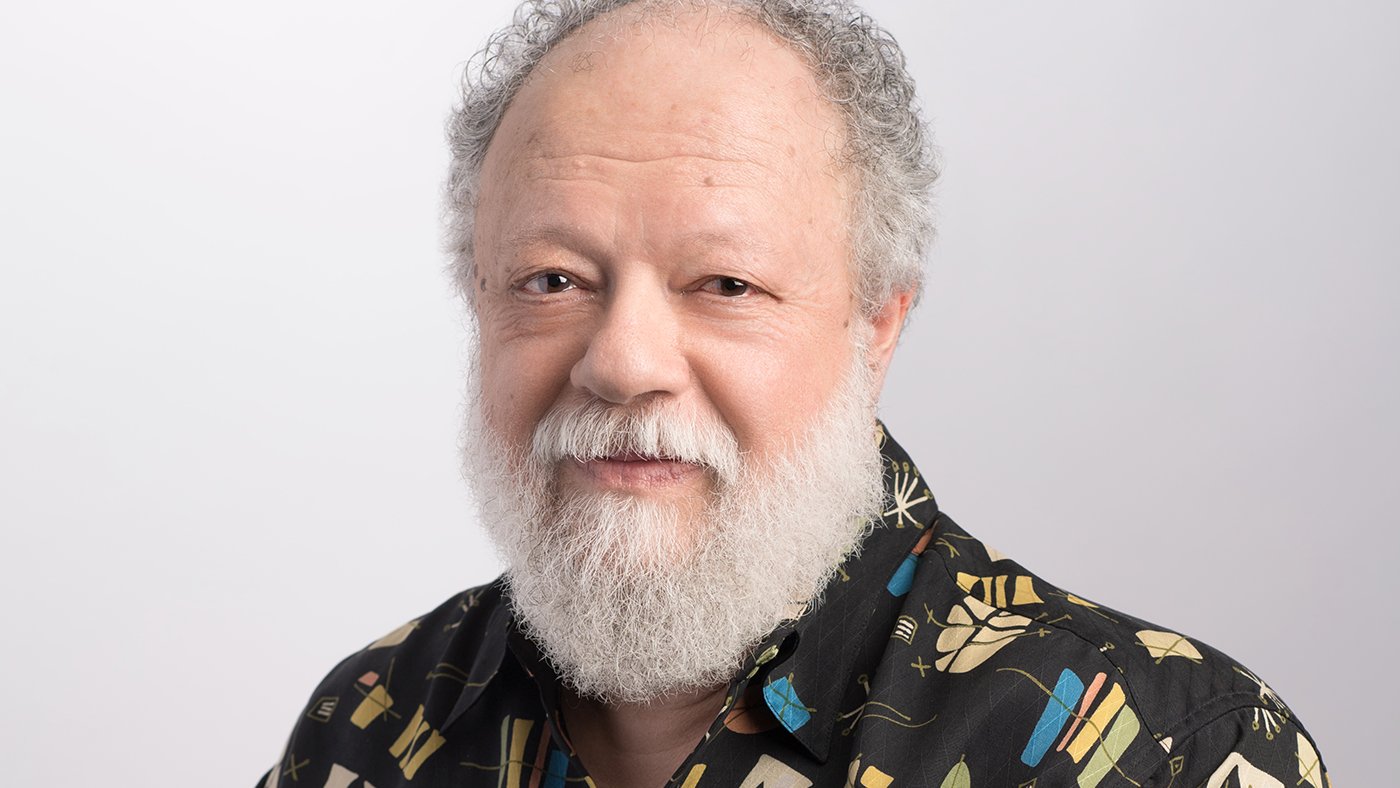
WFMT host Kerry Frumkin
Now, we have a couch (and a good thing too, as I would probably have considerable trouble extricating myself from a bean bag chair these days). We’re also living lives which are somewhat busier. Still, I’d like to suggest setting aside time to just listen. I concede my opinions here may be skewed by the fact that I’ve never been much of a multi‐tasker. But scientists tell us that if you really want to light up “Field A1” (the portion of the brain that ‐ during a scan ‐ glows in response to beauty), concentration is required!
The first thing to understand is that “Alexa” or “Siri” can’t help you here. Ease and convenience work against this endeavor. We need a process which forces us to put aside all that stuff which occupies us daily. For me, it begins with vinyl ‐ that most inconvenient, fussy, and sometimes frustrating of all music delivery formats. Think about the clicks, the pops, the scratches, the “inner groove distortion”, the pressing, the size, the shape, the machinery, the money!
Before going further, I must confess that vinyl and I do have a checkered history. I was an avid collector from the moment my dad contracted with an engineer second cousin of ours to install one of those new‐fangled stereophonic high‐fidelity component systems in our home. My very first LP was a recording of Scheherazade with the Philadelphia Orchestra conducted by Eugene Ormandy. I loved that rich orchestral sound, but was less than enthralled with the surface noise that distracted me from the music.
Flashing forward about 15 years and hundreds of acquired albums later, I had become increasingly less tolerant of the long‐playing record’s imperfections. But I wasn’t deterred. I simply became that guy the record store proprietors near campus dreaded – the one who would buy 5 disks and return at least 3! (My son recently said he was astonished by the pristine quality of the LP’s in my collection. I didn’t have the heart to tell him about the effort and anxiety involved. What could I say? I’m clearly nuts!)
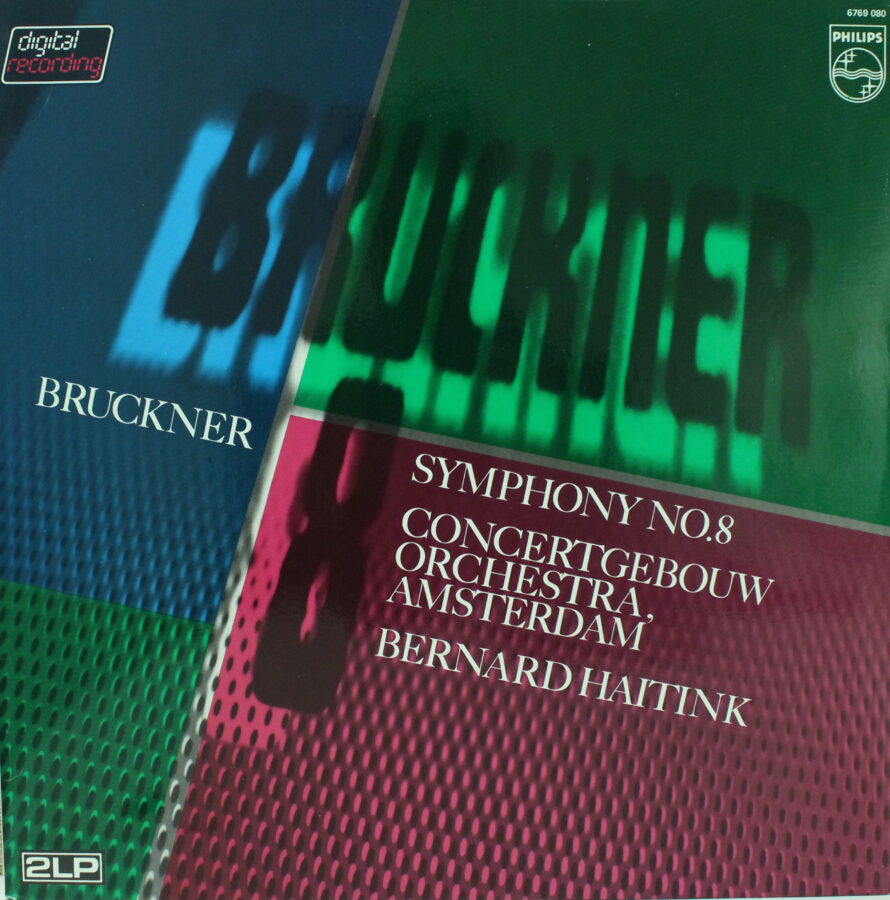
One of Kerry Frumkin's favorite LPs
However ‐ assuming I still have a modicum of your trust, and you have access to LP’s, and a machine on which to play them ‐ let’s look at that process. If you’re serious about it, you select a record. You carefully slide it out of its jacket and hold it carefully with one hand cupping the rim, and the other hand splayed so that three or four fingers are touching the label and the thumb is touching only the opposite rim. YOU MUST NEVER TOUCH THE GROOVES! You then mosey on over to your turntable and put the record onto it before letting it spin. Now you turn on your player. Next on the agenda is a back to front motion with a special little brush on the stylus. Then you drag the anti‐static cloth across the record’s surface for a couple of revolutions. Finally, you gently lower the tone arm down to the edge of the disk and then turn up the volume. Only now can you sit on that couch and listen. Let’s face it – if you’ve gone through all this, you’re already heavily invested in focusing on what comes next.
From my collection, it could be the sound of Bernard Haitink molding the playing of his orchestra to take full advantage of the Amsterdam Concertgebouw’s astonishing acoustics in the Bruckner Symphony No.8. Or, it just might be the radiance of a young Leontyne Price as she brings to life a summer night in Knoxville, lovingly remembered by Samuel Barber and James Agee.
There is music which can be piped through earbuds while waiting for the light to change, but certainly none of the above! Discover some of my favorite classical recordings that sound better on vinyl here.
If you still prefer your earbuds, check out WFMT's recommendations. We tested earbuds ranging from $9.99 to $999.95 to find the best pair for listening to classical music. Here’s what we found.

